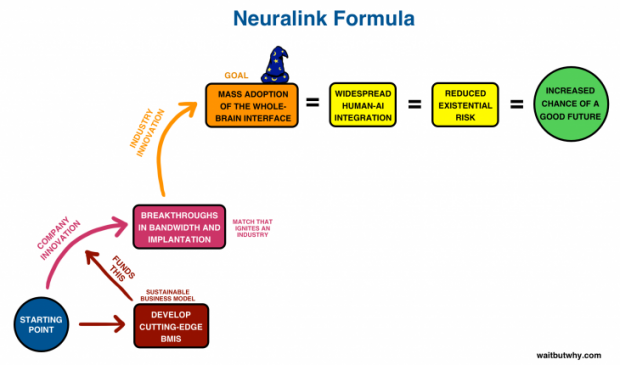
Breaking News
 Trump pardons Mets legend, 'Celebrity Apprentice' alum Darryl Strawberry over tax evasion co
Trump pardons Mets legend, 'Celebrity Apprentice' alum Darryl Strawberry over tax evasion co
 You WON'T BELIEVE How Much Money We're REALLY Sending To Israel!
You WON'T BELIEVE How Much Money We're REALLY Sending To Israel!
 China CANCELS U.S. Soybean Order?! Joel Salatin
China CANCELS U.S. Soybean Order?! Joel Salatin
 Ep 38 Jonathan Haidt: on The Anxious Generation: Childhood in Social Media Age & Fragile College ...
Ep 38 Jonathan Haidt: on The Anxious Generation: Childhood in Social Media Age & Fragile College ...
Top Tech News
 HUGE 32kWh LiFePO4 DIY Battery w/ 628Ah Cells! 90 Minute Build
HUGE 32kWh LiFePO4 DIY Battery w/ 628Ah Cells! 90 Minute Build
 What Has Bitcoin Become 17 Years After Satoshi Nakamoto Published The Whitepaper?
What Has Bitcoin Become 17 Years After Satoshi Nakamoto Published The Whitepaper?
 Japan just injected artificial blood into a human. No blood type needed. No refrigeration.
Japan just injected artificial blood into a human. No blood type needed. No refrigeration.
 The 6 Best LLM Tools To Run Models Locally
The 6 Best LLM Tools To Run Models Locally
 Testing My First Sodium-Ion Solar Battery
Testing My First Sodium-Ion Solar Battery
 A man once paralyzed from the waist down now stands on his own, not with machines or wires,...
A man once paralyzed from the waist down now stands on his own, not with machines or wires,...
 Review: Thumb-sized thermal camera turns your phone into a smart tool
Review: Thumb-sized thermal camera turns your phone into a smart tool
 Army To Bring Nuclear Microreactors To Its Bases By 2028
Army To Bring Nuclear Microreactors To Its Bases By 2028
 Nissan Says It's On Track For Solid-State Batteries That Double EV Range By 2028
Nissan Says It's On Track For Solid-State Batteries That Double EV Range By 2028
Elon Musk's Neuralink goal is a cyborg whole brain mind computer interface with an AI...

There have never been more than a couple hundred electrodes in a human brain at once. When it comes to vision, that equals a super low-res image. The Neuralink team threw out the number "one million simultaneously recorded neurons" when talking about an interface that could really change the world.
Wait but Why got weeks of meetings and details from Elon Musk and the Neurlink team.
Elon wants to get a human computer interface closer to computer to computer interface speeds.
Until the 90s, electrodes for BMIs (Brain Machine Interfaces) were all made by hand.
We began to manufacture 100-electrode multielectrode arrays using conventional semiconductor technologies. Neuralink co-founder Ben Rapoport believes that "the move from hand manufacturing to Utah Array electrodes was the first hint that BMIs were entering a realm where Moore's Law could become relevant."
If we double our total every 18 months, like we do with computer transistors, we'll get to a million in the year 2034.

 Carbon based computers that run on iron
Carbon based computers that run on iron

